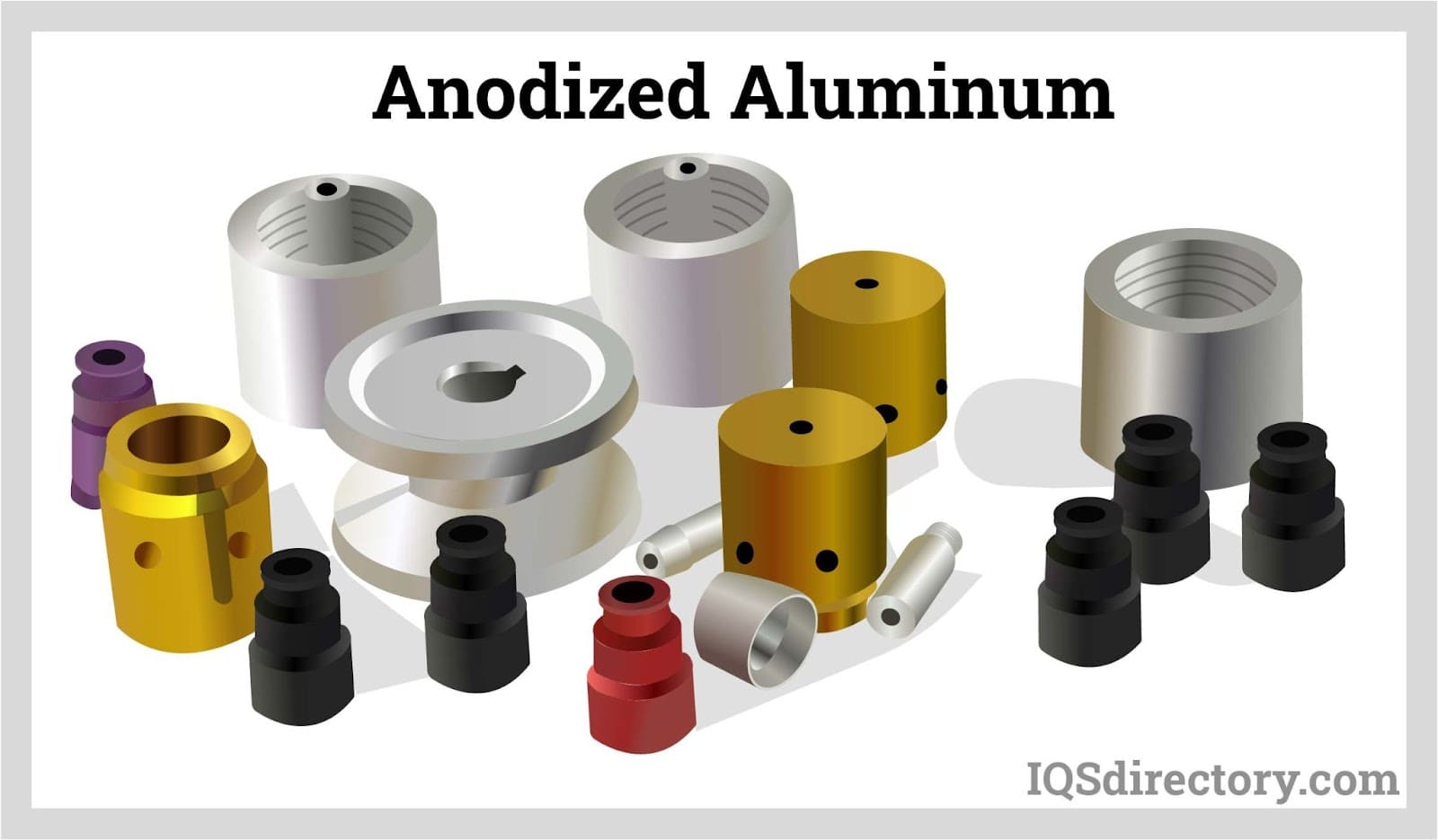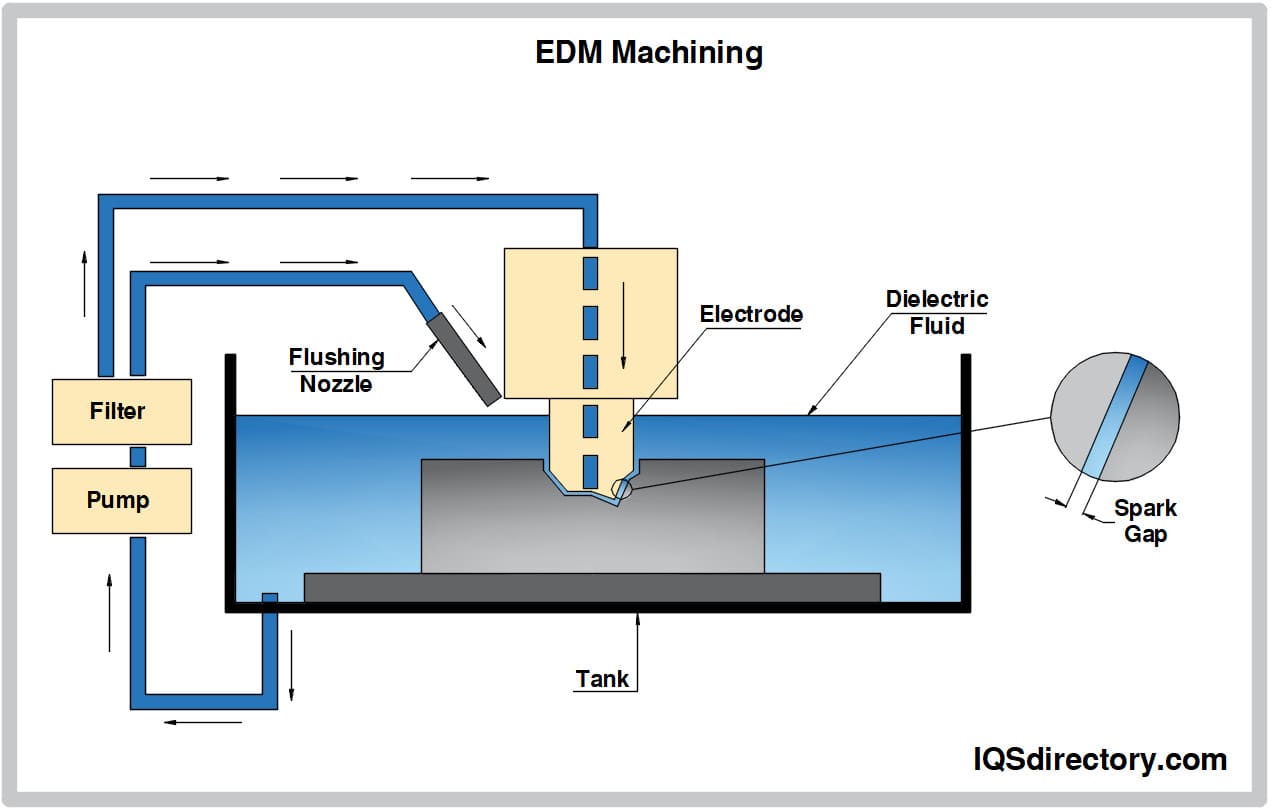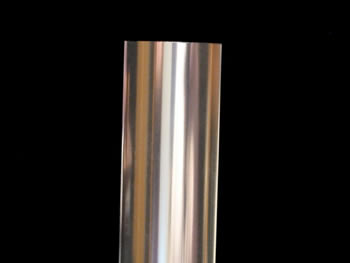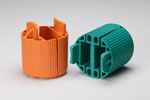We specialize in providing high-quality electroless nickel plating services to a wide range of industries. Our team of experienced professionals are dedicated to delivering exceptional results and meeting the unique needs of each of our clients. If you are looking for a reliable and experienced electroless nickel plating company, look no further than Tompkins Metal Finishing.

Pioneer offers many custom finishing solutions to make your products perform at the highest levels. We are experts in providing specialized finishes to improve the performance for your specific component parts. Whether your product design requirements include finishes to make your product resist corrosion, last longer, look better, slide more freely, bond securely to another material, or many...

At United Surface Finishing, we specialize in advanced metal finishing solutions with a strong focus on electroless nickel plating. We take pride in our ability to deliver precise, uniform coatings that enhance the performance and durability of metal components across demanding industries.

More Metal Plating Companies
These different plating processes are typically distinguished based on the metal being deposited. For example, nickel plating is the process of depositing nickel alloys. In addition to nickel plating, there is also gold, silver, zinc, tin, chrome, and many other plating processes.
Two common categories of plating are electroplating and electroless plating. Electroplating creates a non-ionic metal coating on a substrate surface by supplying an ionic metal with electrons. This is typically achieved using a solution of the ionic metal, a positively charged anode and a negatively charged cathode which supplies the electrons to produce a non-ionic metal film.
Unlike electroplating, electroless plating does not require the external electrical components. Instead, a metal coating is created using a series of chemical reactions. This method of plating is most commonly used with nickel as the plating material but can also use silver, gold, or copper.
Plating is used for many different purposes and applications. It can be used to help prevent corrosion, to improve wear resistance, enhance solderability, alter conductivity, and improve or change other material properties. Specific properties can be achieved by choosing particular plating alloys.
For example, tin is a common plating material for the food processing industry because it is a non-toxic metal and is resistant to corrosion. In the electronics industry, gold is a valuable plating material due to its corrosion resistance and conductivity.










 Aluminum Anodizing
Aluminum Anodizing EDM
EDM Electroless Nickel Plating
Electroless Nickel Plating EMI Shielding
EMI Shielding Heat Treating
Heat Treating Metal Coating Services
Metal Coating Services Castings & Forgings
Castings & Forgings Bulk Material Handling
Bulk Material Handling Electrical & Electronic Components
Electrical & Electronic Components Flow Instrumentation
Flow Instrumentation Hardware
Hardware Material Handling Equipment
Material Handling Equipment Metal Cutting Services
Metal Cutting Services Metal Forming Services
Metal Forming Services Metal Suppliers
Metal Suppliers Motion Control Products
Motion Control Products Plant & Facility Equipment
Plant & Facility Equipment Plant & Facility Supplies
Plant & Facility Supplies Plastic Molding Processes
Plastic Molding Processes Pumps & Valves
Pumps & Valves Recycling Equipment
Recycling Equipment Rubber Products & Services
Rubber Products & Services